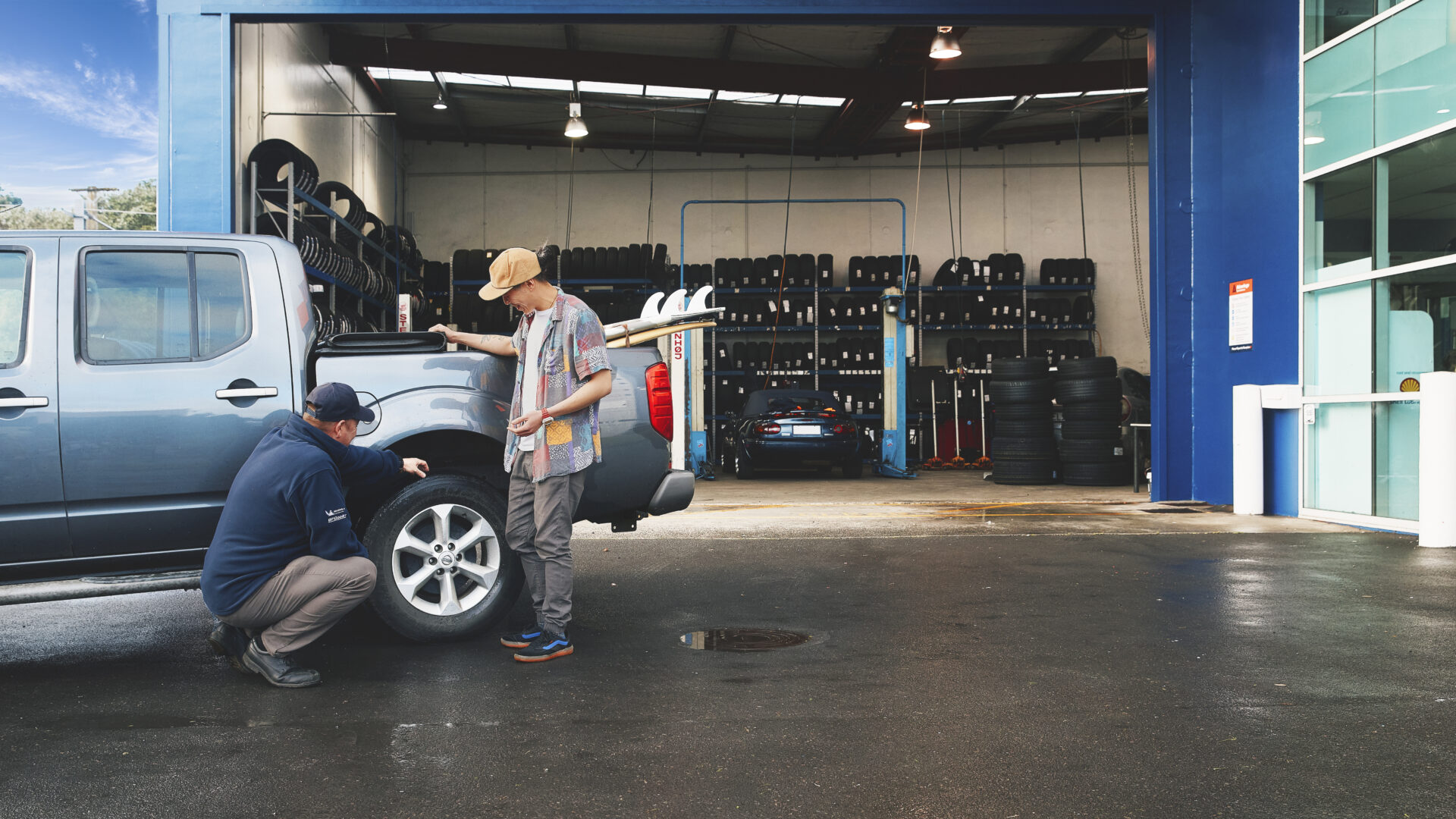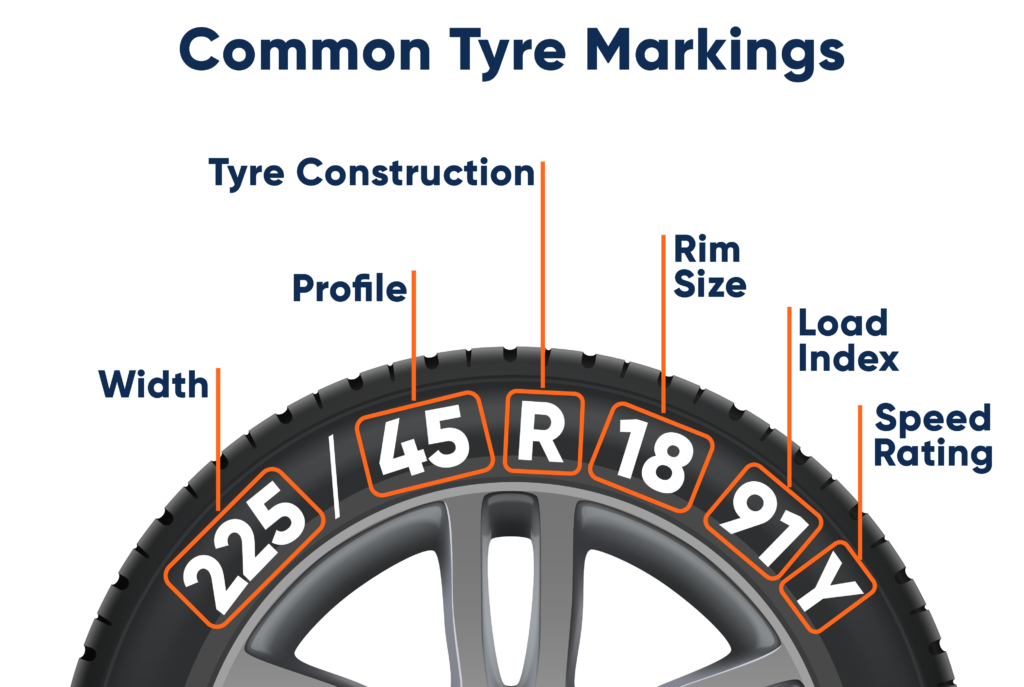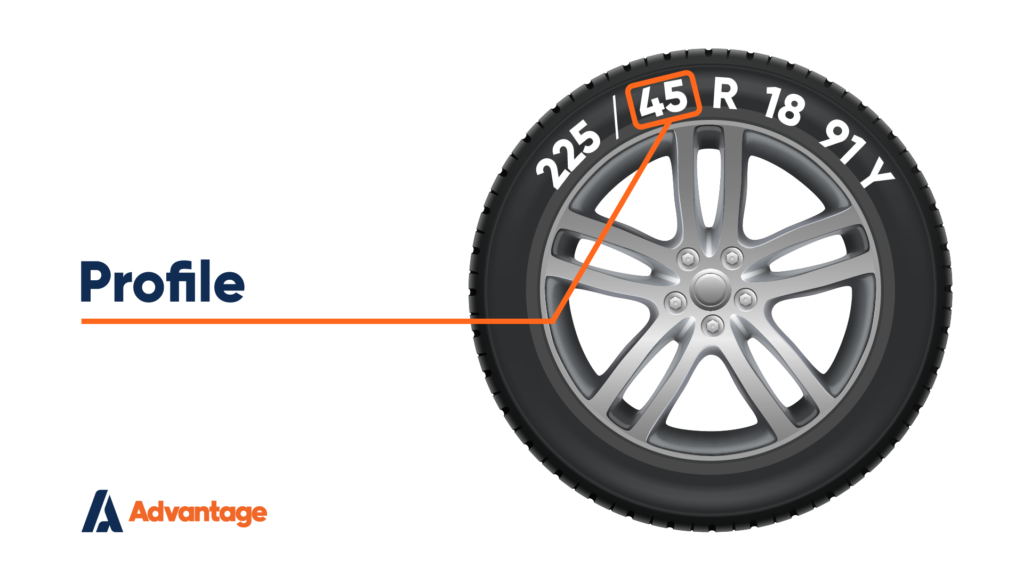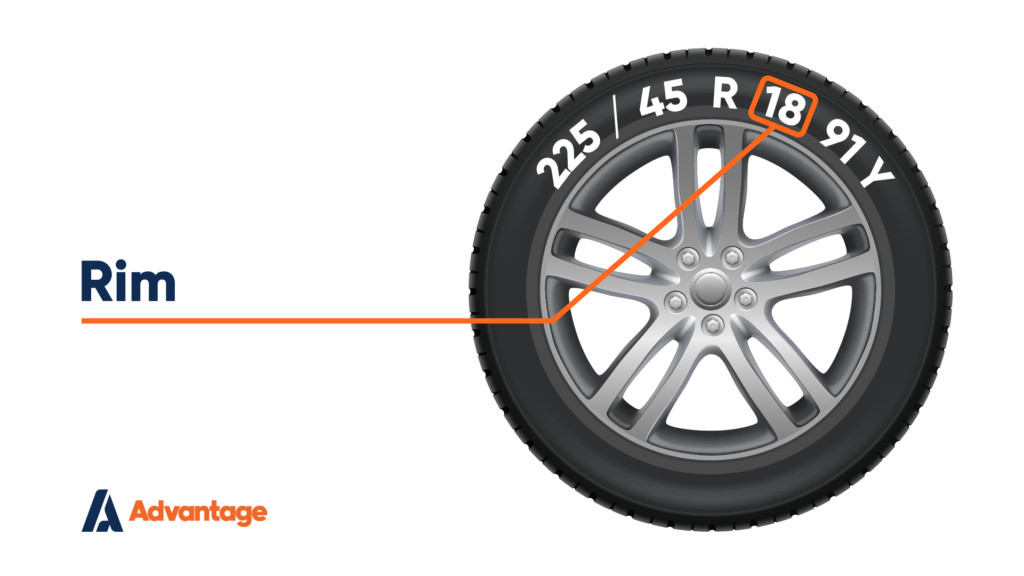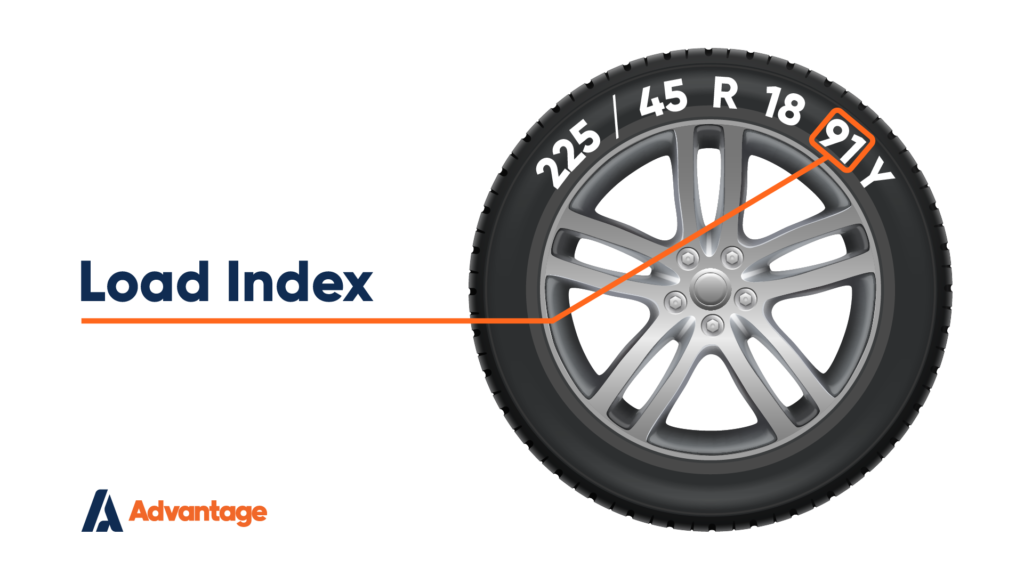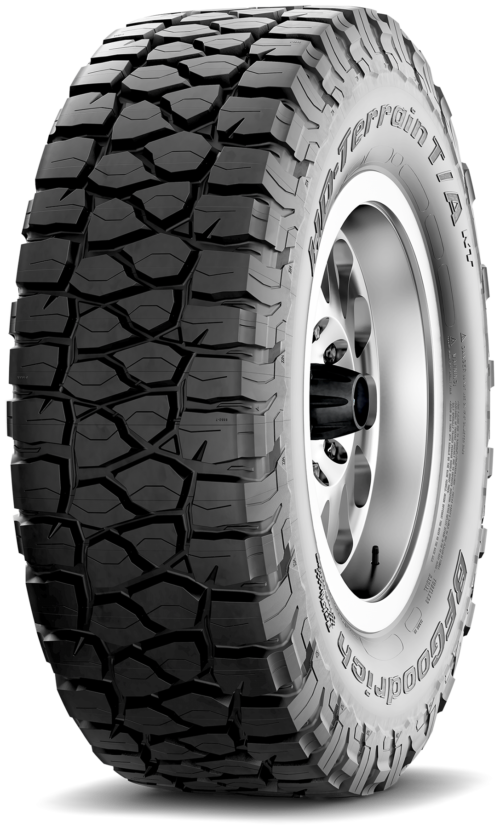Brand: The brand manufacturer will often be the largest writing on your tyre.
Tread Pattern: Each tyre model has a unique tread pattern name which refers to the specific design of the grooves, blocks and channels on the tyre surface.
Country of Manufacture: The Tire Identification Number (TIN) code is typically a three-letter code, with the last two letters representing the country where the tyre was produced.
Tread Wear Indicators: You may find the letters TWI on the tread, instead of the sidewall. These are small markers which serve as a visual indicator of wear. If you can see it clearly, it’s time for a new set.
Manufacturing Date Code: This four digit code indicates the week in which the tyre was made (first two digits), and the year (the last two digits). This is important for determining its age and lifespan.

